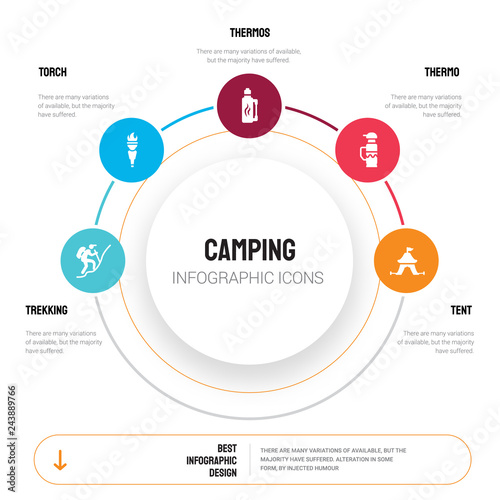A double-wall style that's both breathable and water resistant. They can be a lot more comfy than single-wall outdoors tents in winter but can be less spacious and open up views less.
Created to withstand high winds and dropped snow. They might also have thicker posts and extra guylines to enhance strength.
Whether you're glamping or backpacking, these camping tents can take care of a variety of wintertime conditions. They're optimal for those looking for a cozy and cozy hideaway in the backcountry.
1. Weatherproofing
Numerous camping tents feature waterproofing that's increased by polyurethane layers and resilient water repellent (DWR) therapies. Eventually, nevertheless, adjustments in temperature and extended direct exposure to sunlight can deteriorate the tent's protective finishes. Refreshing these with joint sealant or a DWR treatment can assist shield your tent from wetness damages and extend its valuable life.
When packing up your tent, put in the time to carefully fold up and fit each shockcorded post area into location. This will certainly protect against undue anxiety that can deteriorate or chip the post areas and lead to structural issues when you established camp.
Furthermore, use the Leave No Trace principle when choosing camping sites. Select spots that are without rocks, want cones and other particles that can puncture or abrade the camping tent flooring and fly. Additionally take into consideration bringing a footprint, which is a custom-cut ground cloth developed particularly for your outdoor tents's floor plan and will certainly secure it from dirt, grit, stones and various other sharp objects.
2. Ventilation
If you are camping in the Everglades' moisture or Death Valley's warmth, you require a camping tent with excellent air flow. Air flow is a vital consider preserving convenience and getting rid of mold and mildew and mold that can make your tent pointless.
The air flow system of a four-season camping tent is developed to remove warm, moist air and change it with cooler, drier air. This air exchange lowers condensation by getting rid of wetness from the air prior to it can pick the walls and ceiling of your tent.
To ensure your tent has sufficient ventilation, try to find breathable products and adjustable vents. Additionally, boost your tent a little off the ground to boost air movement. One more crucial element of an excellent air flow system is the use of a stove jack, which supplies a risk-free exit point for your outdoor tents's smoke pipeline to avoid carbon monoxide poisoning.
3. Livability
While a four period camping tent may not be the best option for ultra-light hunting tent backpackers, it is crucial for those intending to camp year-round. Buying this kind of shelter saves cash on different setups and reduces equipment turn over. It also enables you to discover landscapes at different times of year, opening peaceful off-season experiences and lovely wintertime terrain.
If you choose a tough and roomy four period camping tent like the KUIU Storm Celebrity 2 or the Samaya 2.0, ensure that it offers ample weather condition security. This includes a sturdy frame, solid poles and textiles created to resist high winds and lost snow. Search for seams that are double-stitched and surfaces like water repellent, mold & UV resistance layers that secure your investment from the aspects.
In addition, choose a double-wall layout for the best livingability. Single-wall models can be water resistant but have concerns with condensation. They can additionally be also hot for summer season and not well fit to rainfall.
4. Storage space
Keeping your camping tent in a shaded area safeguards it from the severe UV rays of sunlight. Prolonged exposure to these rays can degrade and weaken the textile with time, making the camping tent less long lasting. It's additionally essential to regularly inspect the saved camping tent for indicators of moisture and intrusive parasites.
Storage outdoors tents are often easier to make use of than long-term frameworks because they don't call for any kind of adjustments to your residential property. They additionally use the flexibility of moving them around your exterior space to deal with various storage space needs.
4-season camping tents are made to endure severe climate. They typically feature stiff frameworks to remain stable in high winds and thicker walls to supply heat against snow and storm winds. They strike an equilibrium in between critical features like weather condition defense, weight, and indoor space to fit your particular experience objectives. The NEMO Kunai 2 and Hilleberg Nammatj 2 are both examples of 4-season outdoors tents that balance weather security, weight, and livability.
